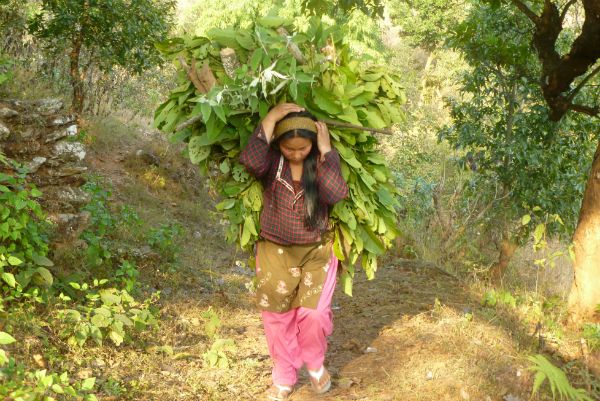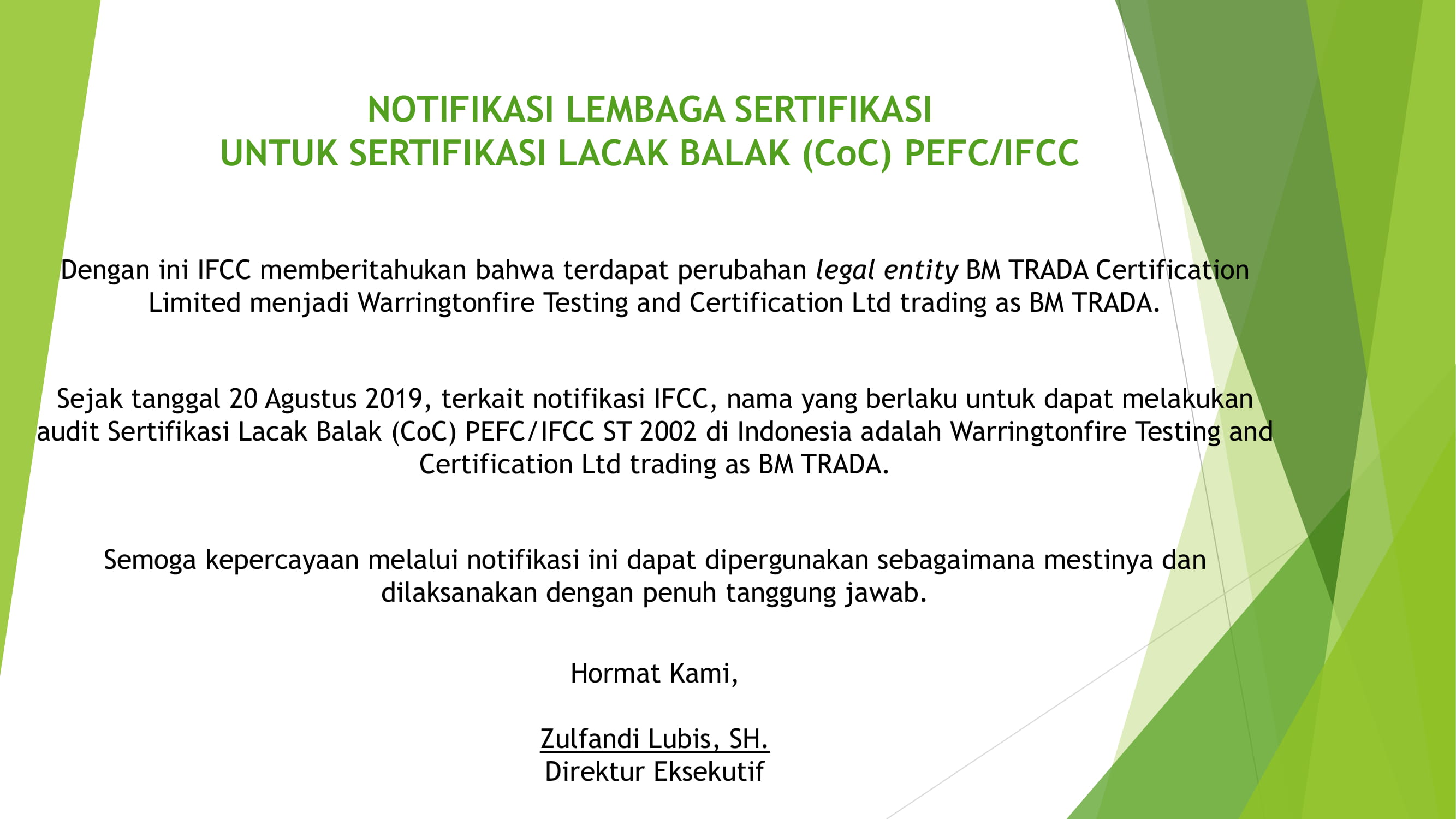Small- and family forest owners – the little guys – are important stewards of the world’s forests. From our very beginnings, we have had their needs at heart.

All over the world, smallholders are managing their forests sustainably, yet certification remains out of their reach – simply because they don’t have the means to obtain it.
PEFC was founded by small- and family forest owners, and from early on, we were aware that the costs and procedures of forest certification can be a significant obstacle for them.
While we never compromised on sustainability – our requirements must be met by everyone, independent of size – we wanted PEFC certification to be attainable for all forest owners, including those with limited financial means.
The solution is group certification, a mechanism we established almost twenty years ago. It allows smallholders to organize themselves in groups and pool their resources to achieve certification.
How does it work

Smallholders who wish to become certified don’t go through the certification process alone, but in a group with other smallholders within their region.
This lowers the administrative burden and allows them to share the cost involved in meeting and auditing against our requirements. In addition to reduced costs of certification for forest owners, group certification also enables additional benefits, such as peer-to-peer support, collaboration and sharing of knowledge and best practices.
Importantly, however, while group certification allows for small forest owners to collectively apply for certification, the requirements remain the same, and every forest owner must meet the requirements in order to achieve certification. This is verified through third-party audits, supplemented by a robustly designed internal auditing system.
Why is this so important?

PEFC certification ensures that the management of forests is socially just, ecologically sound and economically viable. It enables smallholders to sell their timber as PEFC certified, helping them meet numerous public and private procurement policies and gain access to international markets.
Enabling smallholders to achieve PEFC certification is not only vital for them, but also for the world. 25% of the world’s forests are owned by families and communities, and the way those forests are managed can have an influence on the climate, biodiversity and health of our planet.
Latest developments – making the best even better
Although group certification has been highly successful, we continue to develop our Group Forest Management Certification benchmark standard, making the best even better.
Over more than two years, a working group revised the standard, which was approved by our General Assembly in November 2018. Key changes in the standard include improved requirements for internal auditing, such as risk based sampling groups and minimum sample size, as well as the strengthening of the groups’ management system.
By adjusting our requirements for the internal auditing process, we can be even more assured that all forest owners within a group are managing their forests in line with the PEFC requirements.
Our group certification approach has already enabled around one million small-forest owners to achieve PEFC certification, and the number continues to grow. This is a testimony to the fact that forest certification is possible for small landholders, and that it is a powerful and cost-effective way of promoting sustainable forest management.
source: https://pefc.org/news/making-forest-certification-work-for-everybody










